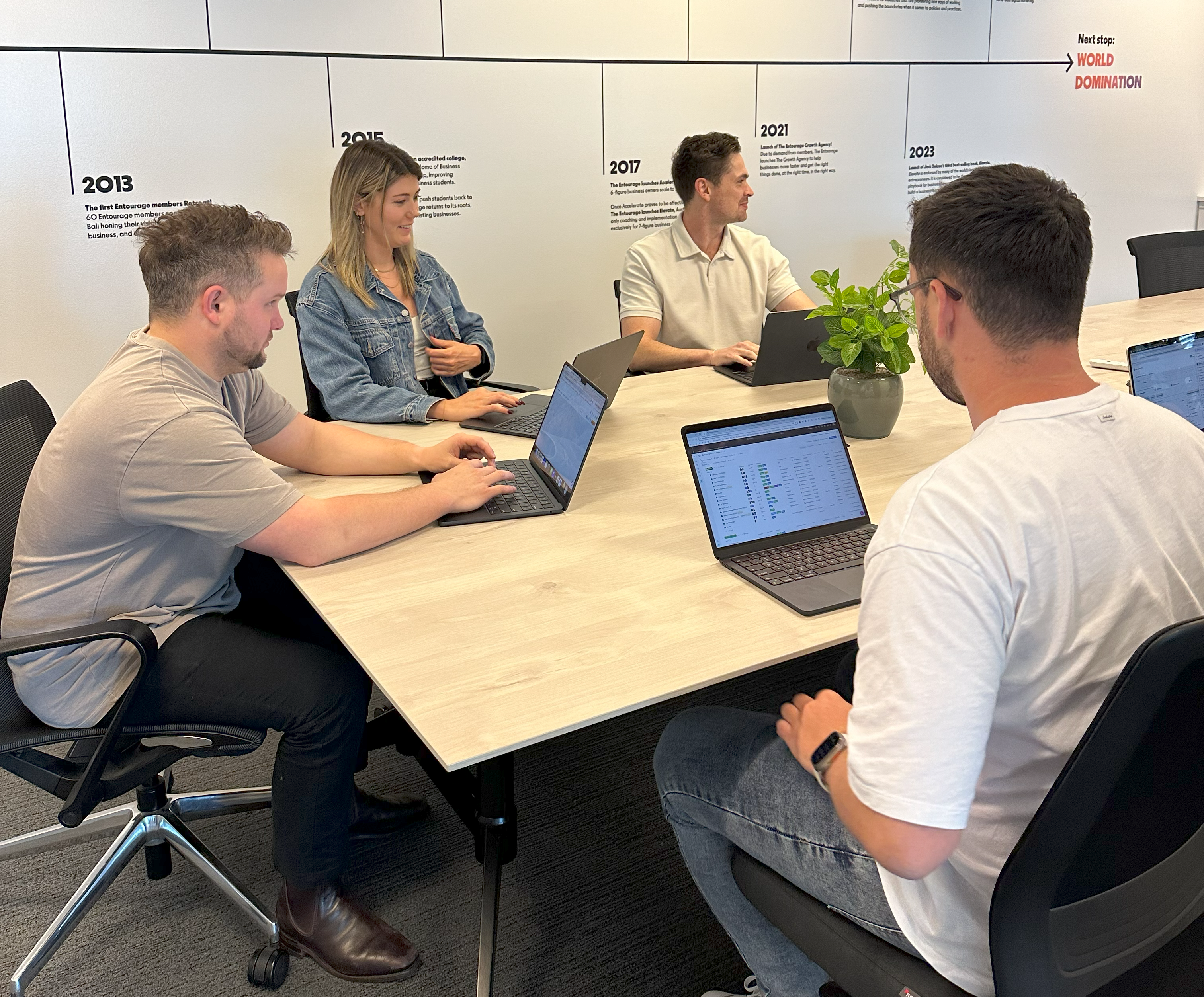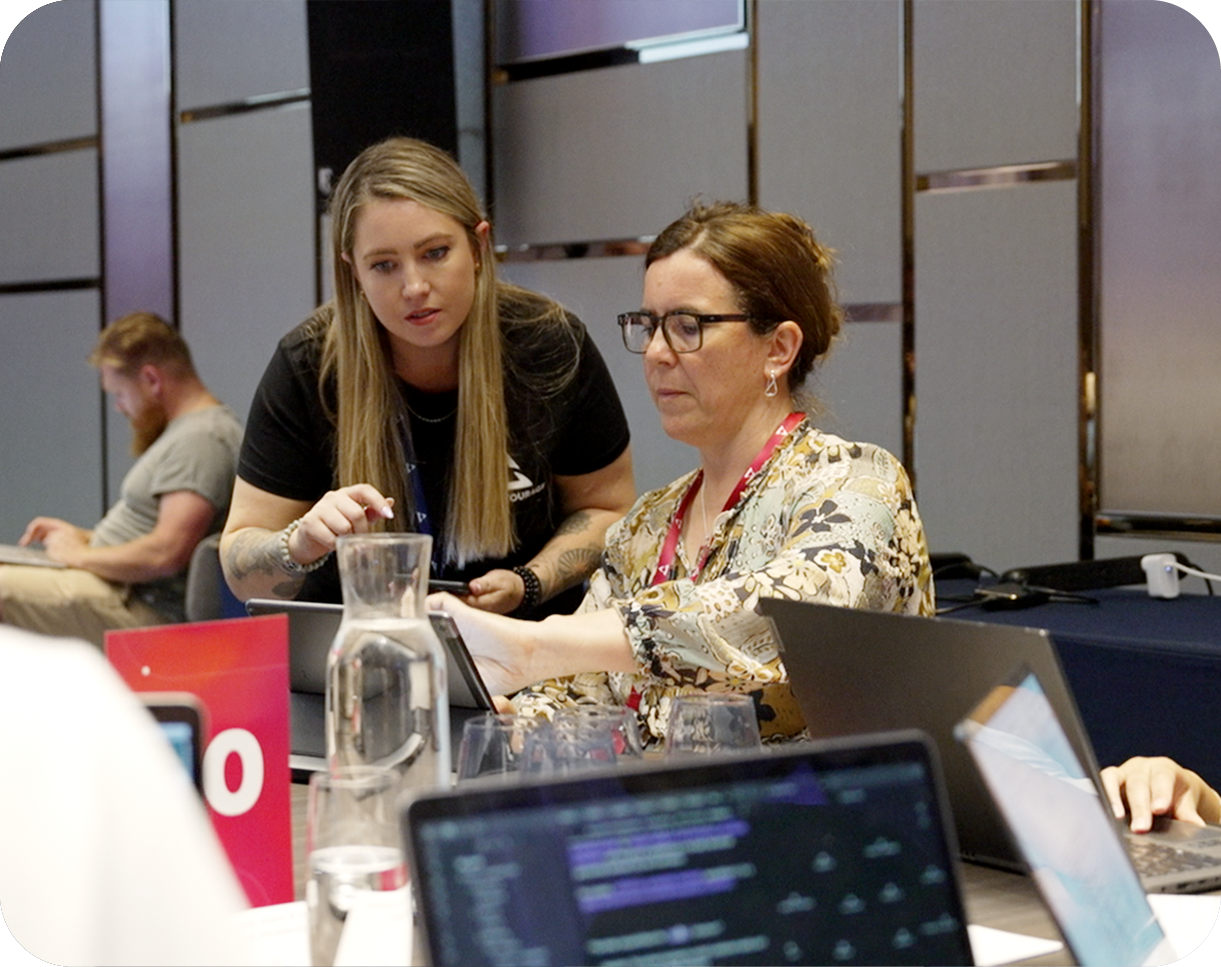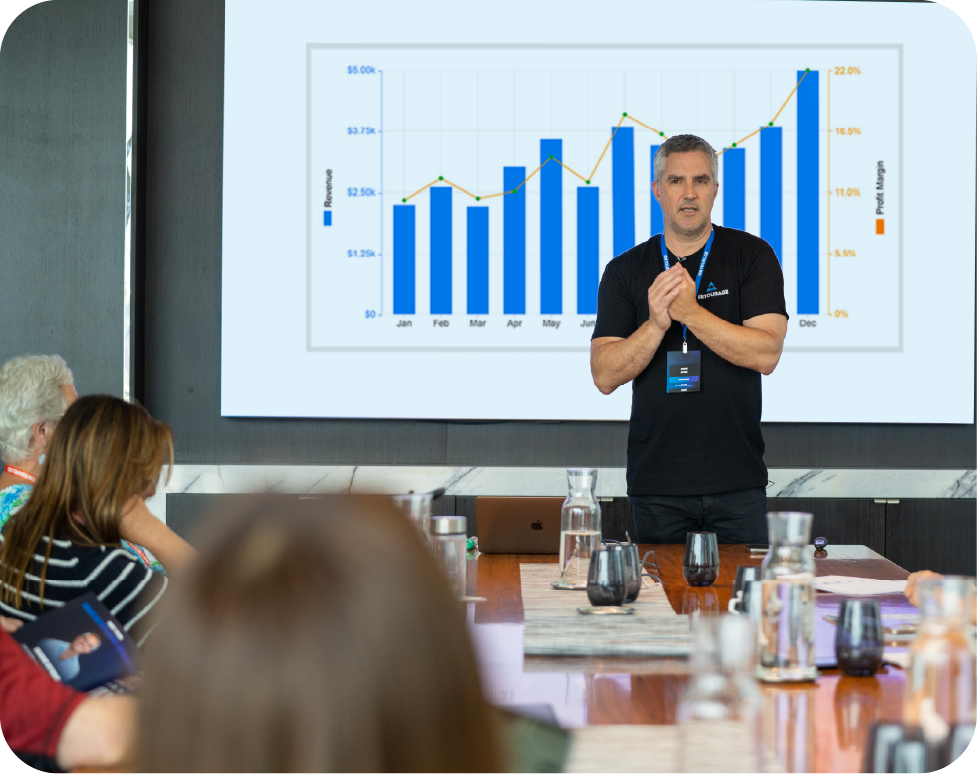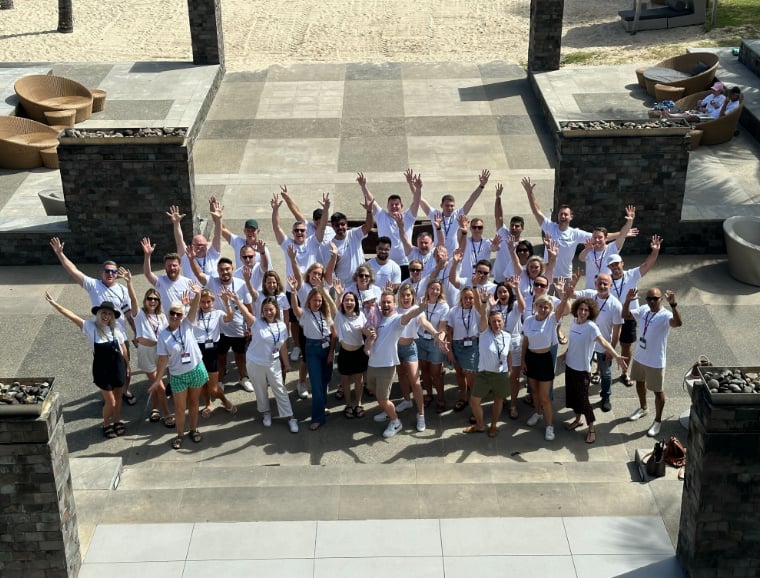In medical practice, 3D animation software has gained importance in the areas of education, training, research and communication with the patients. The power to draw the complicated anatomical structures, processes and mechanisms has helped change the conceptualization of medical practices among health care professionals, learners and even patients themselves. Offering a high-quality visual material, 3D medical animated solution helps to fill the gap between science and cognition, especially in those spheres where simple illustration or verbal description is not enough.
The medical animation software has not only enhanced the quality of learning and teaching among professionals, but it is also the focus of presentation in research, pharmaceutical promotions, and even surgery planning. The increased demand in more realistic and informative graphics has triggered the rise of certain software tools, which, thanks to their abilities, realism, and medical data compatibility, became prominent industry leaders. The tools do not only serve as a technology asset, but also represent strong communication platforms that have concrete advantages in enhancing health knowledge and delivery.
Blender And Its Growing Medical Use
The versatility and the fact that it costs nothing to create has resulted in Blender having a formidable stake in the medical animation marketplace. Being an open source program, it enables artists and medical field staff to generate sophisticated three dimensional scenes without any great investment of finances. Although free, Blender has highly developed modeling, texturing and rendering material thus it is viable to develop 3D medical animations of high quality. Its flexibility means that users can model simple structures of the anatomy, as well as complex simulations of cellular functions.
What also makes Blender particularly valuable within the medical sector is its thriving community and the presence of its own plugins which widen its level of compatibility with medical imaging. Allowing more realistic and precise models, medical scans data such as MRI and CT scan can be linked to professionals by the use of external tools. Blender might have the issue of a learning curve, but high flexibility and affordability of the tool nevertheless make it a significant option among educational establishments and medical artists who may require custom solutions.
Autodesk Maya And Professional Level Output
Autodesk Maya has remained to be an essential tool in the medical animation industry since it offers advanced and refined features, as well as rendering tools. It is especially popular among professional studios dealing with production of the content marketed to large US-based pharmaceutical corporations, hospitals, and healthcare marketing agencies. The potent selection of tools in Maya enables artists to create realistic animation characteristics and has the capacity to include the subtleties of the human body and life functions. Its ability to deal with sophisticated rigging and motion tracking is particularly essential in cases where surgeries are to be simulated, or biological functions.
Maya can be coupled with medical information and use of external plug-ins with the aim of enhancing the accuracy of the models. Its ability to integrate with other Autodesk products also renders it appropriate to use in projects, which need a collaboration between engineering and medical verticals. In spite of the existence of the software license and some degree of knowledge, the software is said to be one of the best in producing detailed and eye-catching medical animation due to its reliability and quality of output.
Cinema 4d And Ease Of Visual Storytelling
The other key software in the production of 3D medical animations is the Cinema 4D. Cinema 4D is well known due to its simple interface and comfortable power motion graphics usage, therefore, it is frequently used in the projects where clarity and speed matters. It is particularly common in some learning materials that not only require accurate but still attractive visuals. The software allows users to develop clean, concise and powerful animation that the non-expert users like patients or early learners in medical schools will not find to be technically complicated.
Smooth interaction with various products of the same company such as Adobe products such as After Effects is one of the strengths that Cinema 4D has. This is applicable in the healthcare sector, whereby the final animations would have layers of labels, voice-over, and details. Using the software, designers can develop engaging stories with medical subjects, and information can be grasped easily by the viewers. This has led to the increased usage of Cinema 4D by medical communication companies, healthcare centers and individual animators with interests in learning.
Why Software Choice Matters In Medical Animation
Medical animation largely depends on the choice of the 3D animation package to use. Both of the mentioned software tools present distinctive sets of attributes that satisfy various functions of the medical sphere. Blender is more affordable and customizable, Maya renders in a more professional manner and has high precision and Cinema 4D allows efficient delivery into making attractive content suitable in education. This is usually dependent on the magnitude of the project, the target market and the technical specifications.
The more the medical industry focuses on the integration of digital communication into all its processes, the more there will be the need to have effective visual communication; this tends to create a norm of 3D medical animations, both in communicating difficult information involved in clinical trials, surgical simulations, and clinically-related educational material. The fact that this process of development and use of such animation platforms is proceeding means that the tenure of use will only enhance the position of these platforms in the shaping of medical teachings, practices, and perceptions.
Related Categories
Ryan Terrey
As Director of Marketing at The Entourage, Ryan Terrey is primarily focused on driving growth for companies through lead generation strategies. With a strong background in SEO/SEM, PPC and CRO from working in Sympli and InfoTrack, Ryan not only helps The Entourage brand grow and reach our target audience through campaigns that are creative, insightful and analytically driven, but also that of our 6, 7 and 8 figure members' audiences too.





